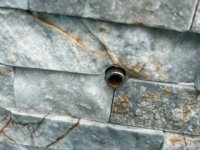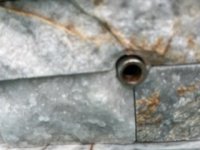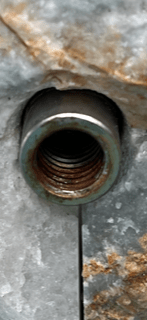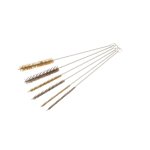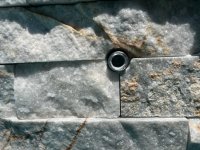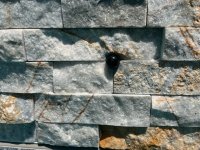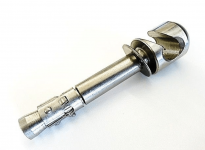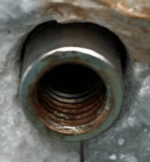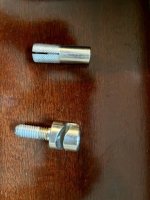- Jul 8, 2013
- 342
- Pool Size
- 17280
- Surface
- Vinyl
- Chlorine
- Salt Water Generator
- SWG Type
- Hayward Aqua Rite Pro (T-15)
Pool cover was installed end of last year and sheer decent wall has these bolts for pool cover wire anchors. these suppose to be stainless steel but they are getting rusted. i am afraid if i don't fix them now eventually i will have rust drip on wall. i think its the salt water that's rusting them. there are few that are on the side where they don't get hit with pool water, those are fine. anything i can do or maybe look for better quality anchors? anyone can recommend anything?


